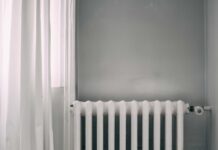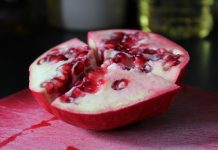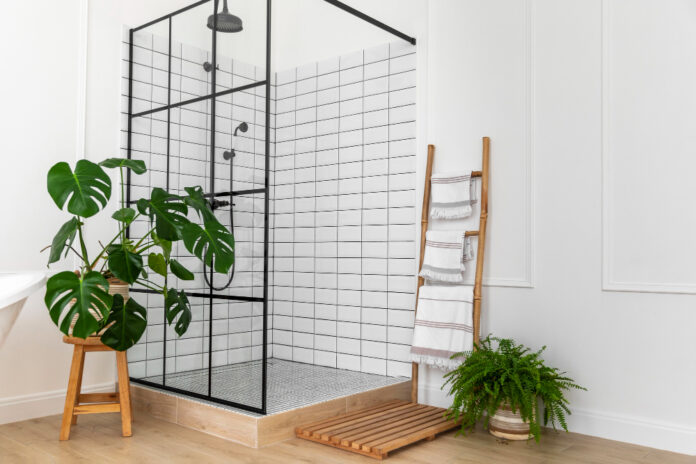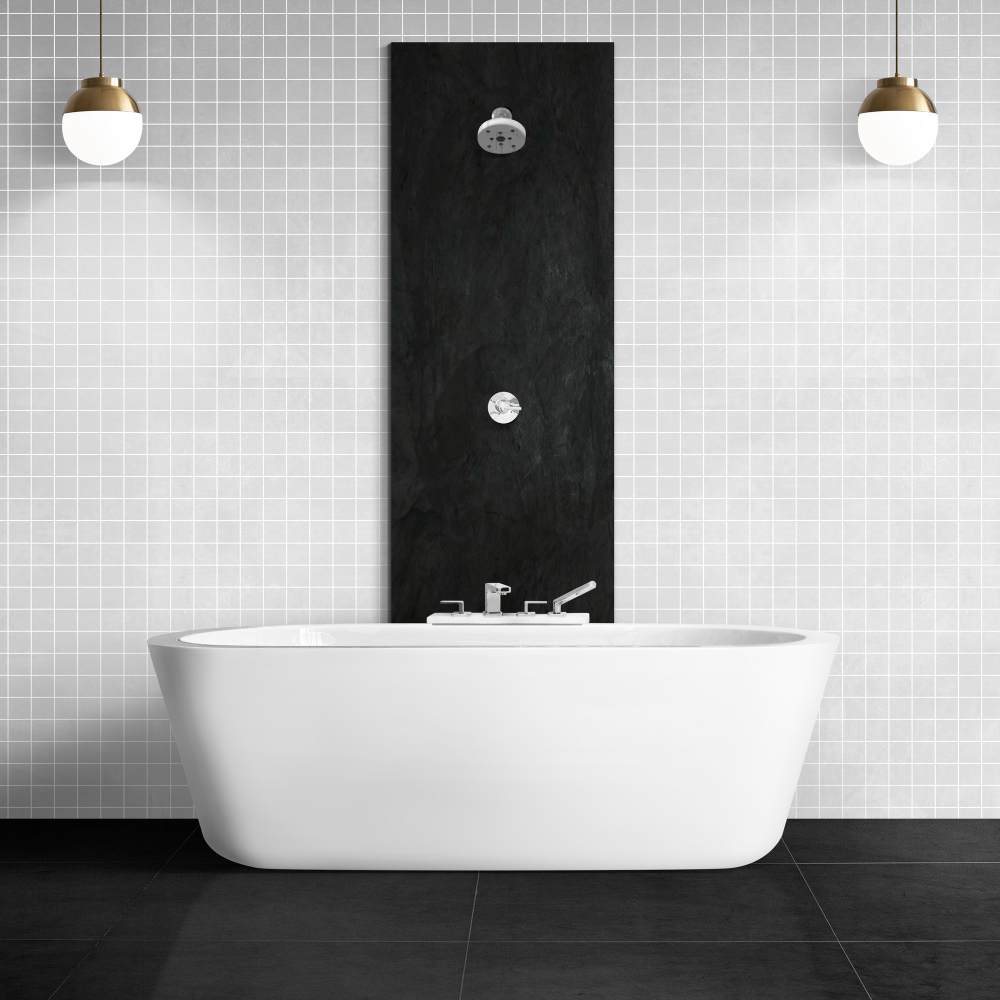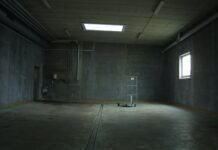Shower panels have quickly become an attractive alternative to tiles for many reasons, including being easy to install and waterproof and requiring little upkeep or maintenance.
Waterproof wallpaper can also add a modern touch to your bathroom while being easier on your budget than tile. There are various styles available, including marble effects.
Acrylic
Acrylic shower walls are among the top choices for creating a new tub or shower surround due to their relatively affordable pricing and exceptional mould resistance. Furthermore, they’re durable enough to withstand long-term usage as well as being available in an assortment of colours and textures that fit any style imaginable; you can even find designs that mimic tile looks, making this an affordable way of updating bathrooms without spending a lot.
However, keep in mind that these panels can be susceptible to abrasive damage, so when cleaning them, it’s essential to use soft towels and mild soap for the best results. In order to prevent cutting or scratching them, causing unsightly dents or marks. It would also be prudent to install them somewhere without too much moisture or heat exposure.
Acrylic bathroom cladding offers superior durability while being easy to maintain and clean. No grout lines means less risk of mould and mildew growth, plus being non-porous prevents rusting while keeping shower areas dry.
Tile walls tend to be more costly and labour-intensive to install than acrylic surrounds, as well as more susceptible to cracking and fading over time. However, if you want to transform your bath with an updated shower experience, tile walls may be an ideal choice.
Porcelain and ceramic tile offer many design possibilities, but installation requires mudding, tiling, and regrouting processes that may result in future regrouting or resealing issues. By comparison, acrylic walls are fast and cost-effective to install compared to their ceramic and porcelain counterparts, another reason they are increasingly popular as an option for walls.
PVC
Expertly installed PVC shower wall panels make installing and renovating bathrooms much simpler than tiles; they can easily be cut to size for DIYers or those working within a limited budget. Furthermore, PVC panels are more durable than tiles and can resist water damage and mould growth better; cleaning with mild products should do just fine!
Your bathroom can benefit from selecting panels in different colours and finishes to accentuate its style and design. Choose matte for softening the look, while glossy panels give modern or contemporary aesthetics an ideal edge.
Create a distinctive appearance for your shower walls by mixing colours and textures together. Panels like these can be used alone or alongside other types of bathroom materials, such as tile. Or why not go all out by installing stone-look shower wall panels to give your bathroom an exclusive vibe?
As well as colour and texture options, your shower wall panels come with either a gloss or matte finish to complete their look. Gloss panels reflect light to brighten up dark spaces, while matte finish panels offer a more subdued aesthetic, perfect for creating a relaxing spa-like ambience.
Shower wall panels can be attached to walls using either adhesives or mechanical fastening with screws. When choosing adhesives, ensure the surface is clean and dry before applying it; when opting for mechanical fastening with screws, tighten them down securely so as to prevent water leakage; if trimming around fixtures or corners is required, ensure the tongue-and-groove edges match up appropriately before trimming panels with tongue-and-groove edges matched correctly for seamless results.
Once your shower wall panels have been assembled, apply waterproof silicone caulk around joints and seams to stop moisture penetration and ensure they will withstand years of use. This step is essential to keeping the panels waterproofed.
FRP
FRP panels combine fibreglass and plastic into durable, water-resistant walls that are easy to maintain, lightweight, and cost-effective solutions for various areas, including bathrooms. You can find FRP panels in various colours and finishes, so you can find something perfect for your space.
FRP shower walls provide homeowners with an upscale aesthetic without incurring the high costs associated with tile installations. FRP walls can help create or accent an existing modern bathroom, and their fire-retardant properties make them an excellent option for homes featuring fireplaces or family rooms.
Installing shower wall panels requires using quality adhesive. Make sure that it adheres evenly on both sides, then press it firmly into place using laminate rollers before caulking around their edges for added security.
Before installing FRP panels, carefully assess the walls to make sure they are dry and free of bumps or nails. Walls should also be free from loose paint, wallpaper, grease, or dust accumulations, as well as old caulking removal to avoid leakages.
Installing FRP panels involves laying them out horizontally in your house for 24 hours so they can adapt to the temperature and humidity in your bathroom. Next, trim down the panels so they fit seamlessly in your shower using either a fine-toothed saw or shears.
DIY shower wall installation can be achieved using FRP material and a few tools. Planning should take place prior to beginning work; materials can typically be found at most hardware stores. You should ensure you feel confident when handling power tools as part of this project.
Solid Surface
Solid surface shower wall panels offer an alternative to tile that doesn’t require the labour-intensive cold room installation process and frequent resealing or regrouting to combat mould and mildew growth, such as grout-free walls that do not discolour over time, impact damage resistance and durability, and ease of cleaning with soapy water or window cleaner. Plus, they look beautiful!
Solid surface products are non-porous, making them highly resistant to mould and bacteria growth compared to other shower materials. Furthermore, a solid surface is stain-proof and won’t be damaged by hot showers or harsh chemicals, making it an excellent choice for high-traffic commercial properties.
As with cultured marble, solid surface is a tough material that doesn’t need to be sealed or resealed regularly, meaning its lifespan is extended significantly over time, making this material more cost-effective than alternatives such as carpet. Refinishing allows scratched or dinged areas to be restored to new, making solid surfaces an attractive cost-cutting alternative to other options available today.
Solid surface products come in an assortment of colours and patterns to fit seamlessly into any bathroom design scheme. You can form them into shapes resembling other materials like granite or marble for a natural aesthetic look, while their versatility also allows you to craft a shower design tailored specifically to the aesthetic of your property.
Solid surface materials may initially cost more than fibreglass alternatives; however, over time, they prove more cost-effective due to not needing to be resealed or regrouted and withstanding harsh commercial environments more effectively than other materials. They have a longer lifespan than competing materials.
Before installing solid surface sheets, ensure their edges have been sanded and scribed for a seamless appearance. Use silicone sealant to join each sheet together; thumb-sized dabs of silicone may be placed every 8–12 inches for large expanses or every 18–72 feet when temperature-sensitive sealants are used, depending on product manufacturer recommendations.









